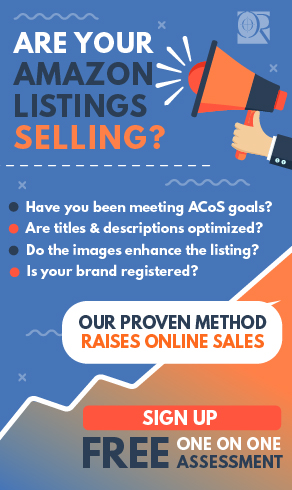Learn The Best Way To Promote Your Products With Google Shopping Campaigns
 Merchants who are used to using regular Product Listing Ads (PLA) campaigns might be surprised to discover a more flexible, useful way to promote your products: Google Shopping Campaigns.
Merchants who are used to using regular Product Listing Ads (PLA) campaigns might be surprised to discover a more flexible, useful way to promote your products: Google Shopping Campaigns.
Much like typical Product Listing Ads, Shopping Campaigns still shows PLAs in a unique box on Google Search and Google Shopping, and they still feature rich snippets like images, prices, and more.
But the benefit of using Google Shopping Campaigns is the added flexibility that allows merchants to easily customize their campaigns, and then optimize campaigns based on some pretty impressive reporting and benchmarking.
The Benefits of Google Shopping Campaigns for Promoting Your Products
- Managing your campaign with ease – With Shopping Campaigns, you can easily browse your product inventory in Adwords, and create product groups for the specific items you want to bid on.
- Reporting at its finest – Thanks to the data provided in the Shopping Campaigns, merchants can access nearly an endless amount of performance reports for products through filtering your products view, rather than having to create new product groups.
- Optimize, optimize – Get access to tremendous benchmarking data to scout your competitive landscape. You have the power to check out how other ads are performing, and adjust bids accordingly.
Google Merchant Center and Shopping Campaigns
Your Google Shopping Campaigns are only as good as your Google Merchant Center product data. In order to unleash the power of the Shopping Campaigns, you have to make sure that all of your product data is accessible within Adwords by use of a product data feed. By leveraging the data in the product feed you can develop strategies to optimize and segment your data. Once a quality product data feed has been submitted and approved, your products will become eligible for search within Google.
Optimize Your Shopping Campaigns
One of the first things you have to keep in mind about Shopping campaigns is that they use product groups, not product targets (as is used with regular Product Listing Ads). Within the product groups tab, you have the power to subdivide your inventory into customized product groups based on any attributes (those products you don’t subdivide will go into the “Everything else” group). You can then set bids for each group.
Now that you understand that aspect, how can you make the most of your campaigns? Why, data, of course. Your product groups tab will show you how your campaigns are performing, but the data doesn’t stop there. You can also use the Shopping views in the “Dimensions” tab to see the performance data of any product attribute, and you can even check out the performance of your individual products.
Access to this data is great, especially when you couple it with other tools Shopping campaigns provide you, including:
- Benchmark data – Allows you to see how your ads compare to ads of similar products, so that you can adjust your bids or campaign settings
- Benchmark maximum cost-per-click – Shows you how other advertisers are bidding on similar products
- Benchmark click through rate – Shows you how often people click on ads for similar products, once they see the ad
- Impression share – Tells you how many impressions your ad has received, divided by the number of impressions it was eligible to receive. This helps you identity opportunities for more clicks
- Bid Simulator – Allows you to estimate the clicks, costs and impressions your ad would’ve received if you used a different max. CPC bid for your group.
From Regular Product Listing Ads to Shopping Campaigns
If you’re familiar with regular Product Listing Ads, it’s important to understand what has, and hasn’t changed, when it comes to Google Shopping Campaigns. The one thing that hasn’t changed is that Product Listing Ads are still Product Listing Ads. They appear in the same place, on the same network. The differences exist in how you manage, monitor, and optimize these campaigns.
Changes
- As mentioned earlier, with Shopping Campaigns, you’ll now use product groups, not product targets, to organize your campaigns.
- You’ll no longer use adwords_grouping or adwords_labels attributes. If you do need to use additional categorization beyond product attributes, you can use custom labels instead.
- Custom labels are helpful when you want to use values of choosing to subdivide your products in your Shopping Campaigns. You can create five custom labels for each product (numbered 0 – 4) in your product feed.
There are certainly many advantages to Shopping campaigns. These tools are designed to help you better promote your products. However, with changes comes struggles and obstacles. It’s only natural. OperationROI can help you understand Google Shopping Campaigns and how to use these tools for your various strategies. Call us at 1-888-277-5429 or fill out our contact form to learn how we can help you with your Shopping campaigns.







Promote Your Products Better With Google Shopping Campaigns http://t.co/iIAyh3s4aA via @OperationROI